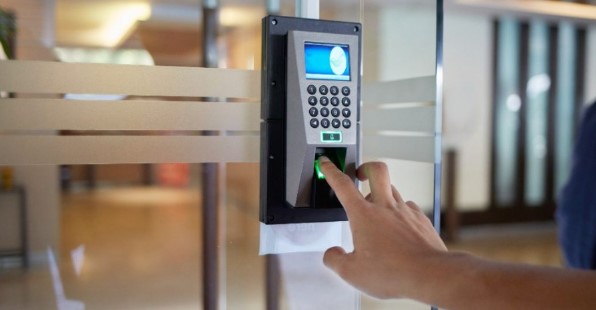In today’s rapidly evolving business landscape, safeguarding sensitive information and ensuring the safety of employees are paramount. Modern commercial access control systems offer advanced solutions to enhance workplace security, providing businesses with robust mechanisms to manage access and monitor premises effectively. This article explores the benefits of these systems, highlighting their role in modern security infrastructure.
Access Control System: A Comprehensive Overview
An access control system (ACS) is designed to manage and monitor access to various areas within a facility. By utilizing a combination of hardware and software, these systems regulate who can enter specific locations, ensuring that only authorized personnel have access. The primary components of an access control system include:
- Access Readers: Devices that authenticate individuals through methods such as key cards, biometric scans, or PIN codes.
- Access Control Panels: Centralized units that process access requests and manage permissions based on predefined criteria.
- Locks and Entry Points: Mechanisms that secure doors and gates, integrating with the access control system to enforce restrictions.
- Management Software: A user-friendly interface that allows administrators to configure permissions, monitor activity, and generate reports.
Modern access control systems have evolved from traditional key-based locks to sophisticated digital solutions that offer enhanced security and flexibility. These systems can be tailored to meet the specific needs of various commercial environments, from office buildings to industrial facilities.
Commercial Access Control Systems: Advantages and Innovations
Commercial access control systems offer several key benefits that contribute to overall workplace security and efficiency. These advantages include:
- Enhanced Security Measures
Modern commercial access control systems provide advanced security features that significantly reduce the risk of unauthorized access. Biometric authentication methods, such as fingerprint and retina scans, offer a higher level of security compared to traditional key cards. Additionally, encrypted communication between access readers and control panels ensures that sensitive data is protected from potential breaches. - Centralized Management and Monitoring
One of the primary benefits of commercial access control systems is the ability to centralize management and monitoring. Administrators can use management software to oversee multiple access points from a single location, streamline security operations, and respond quickly to incidents. Real-time monitoring capabilities allow for immediate alerts in case of security breaches, enabling prompt action to mitigate potential risks. - Scalability and Flexibility
Commercial Access Control Systems are designed to be scalable and flexible, accommodating the changing needs of businesses. Whether a company is expanding its facilities or modifying access requirements, these systems can be easily adjusted to reflect new configurations. This adaptability ensures that businesses can maintain a secure environment as they grow and evolve. - Integration with Other Security Systems
Modern access control systems can be integrated with other security technologies, such as surveillance cameras, alarm systems, and building management systems. This integration provides a comprehensive security solution, allowing for seamless coordination between various components. For example, access control systems can be linked with surveillance cameras to capture video footage of access events, enhancing overall situational awareness. - Automated Access Management
Automated features within commercial access control systems simplify the management of access permissions. Administrators can set up schedules, restrict access based on time or day, and automate user provisioning and de-provisioning. This automation reduces the administrative burden associated with managing access rights and ensures that access levels are consistently enforced. - Improved Record-Keeping and Reporting
Access control systems provide detailed records of access events, including timestamps, locations, and personnel involved. This data is invaluable for audits, investigations, and compliance with regulatory requirements. Comprehensive reporting capabilities enable businesses to analyze access patterns, identify potential security concerns, and make informed decisions about security policies.
Conclusion
In an era where security threats are becoming increasingly sophisticated, the need for effective and reliable access control solutions is more critical than ever. Modern commercial access control systems offer a range of benefits, including enhanced security measures, centralized management, scalability, and integration with other security technologies. By implementing these advanced systems, businesses can significantly improve their workplace security, protect valuable assets, and ensure a safe environment for employees.
Investing in a robust commercial access control system is a proactive step towards safeguarding your organization against potential threats and maintaining a secure and efficient workplace. As technology continues to advance, staying informed about the latest innovations in access control will be essential for keeping pace with evolving security challenges.





